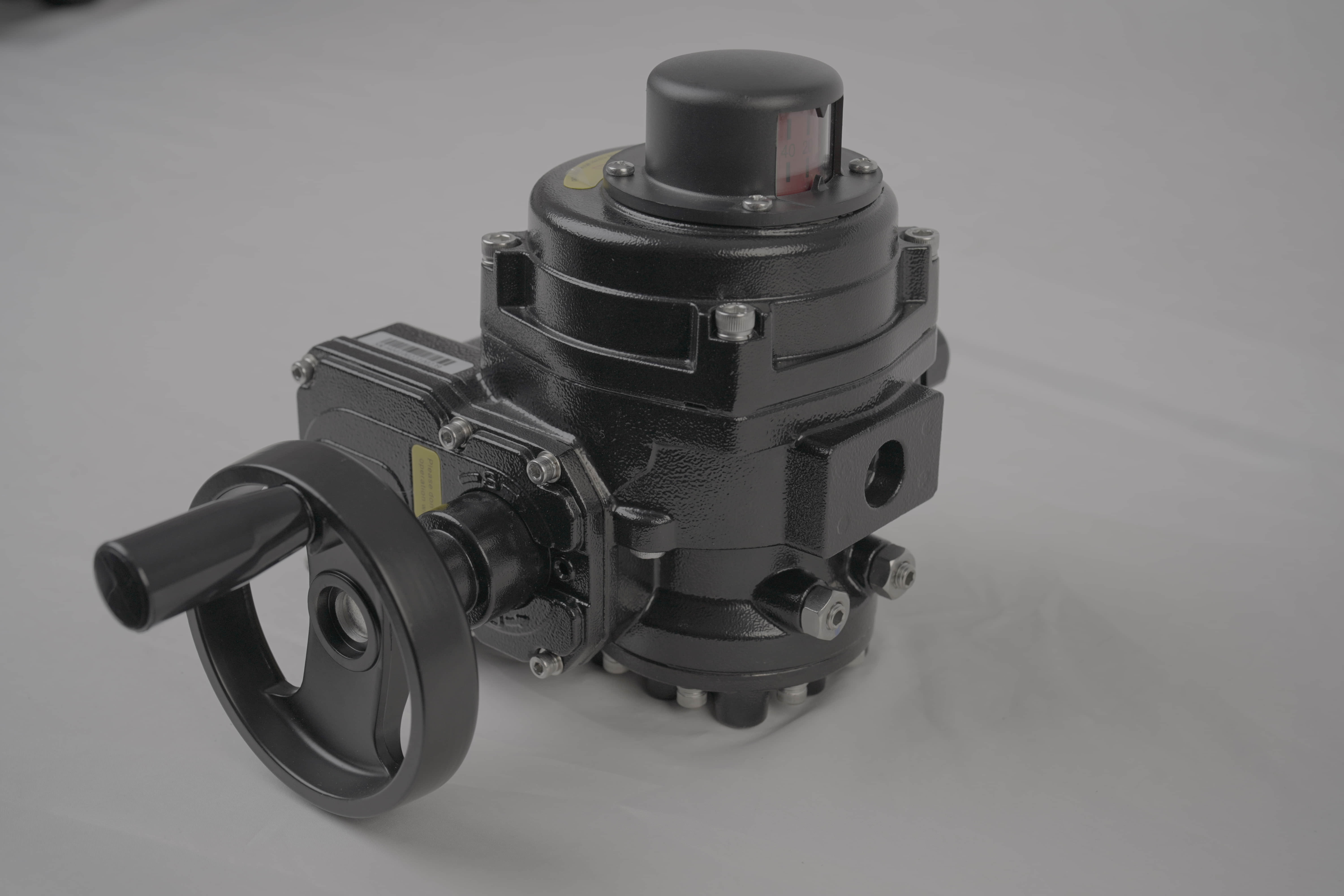understanding wcb lithium battery valve: importance and functionality
Release time:2025-02-12 02:14:08
The rapid evolution of technology has led to the widespread adoption of lithium batteries across various industries, from consumer electronics to electric vehicles and renewable energy systems. Central to the efficiency and safety of these batteries is the valve mechanism, particularly the WCB (Water-Cooled Battery) Lithium Battery Valve. This article delves into the significance, functionality, and advantages of the WCB lithium battery valve, highlighting its critical role in ensuring the safe and optimal performance of lithium battery systems.

What is a WCB Lithium Battery Valve?
The WCB lithium battery valve is an essential component designed to regulate and control the pressure within lithium battery packs. Its primary function is to provide a safe and efficient means of releasing excess pressure generated during normal operation or in case of a fault. By doing so, it helps prevent catastrophic failures, such as battery explosions or fires, which can occur if pressure levels exceed safe limits.
The Importance of Pressure Regulation
Lithium batteries, while highly efficient and energy-dense, can experience pressure build-up due to various factors, including temperature fluctuations, chemical reactions, and internal short circuits. When the battery operates within its designated parameters, the pressure remains stable. However, if the battery overheats or undergoes a rapid discharge, the internal pressure can rise significantly.

